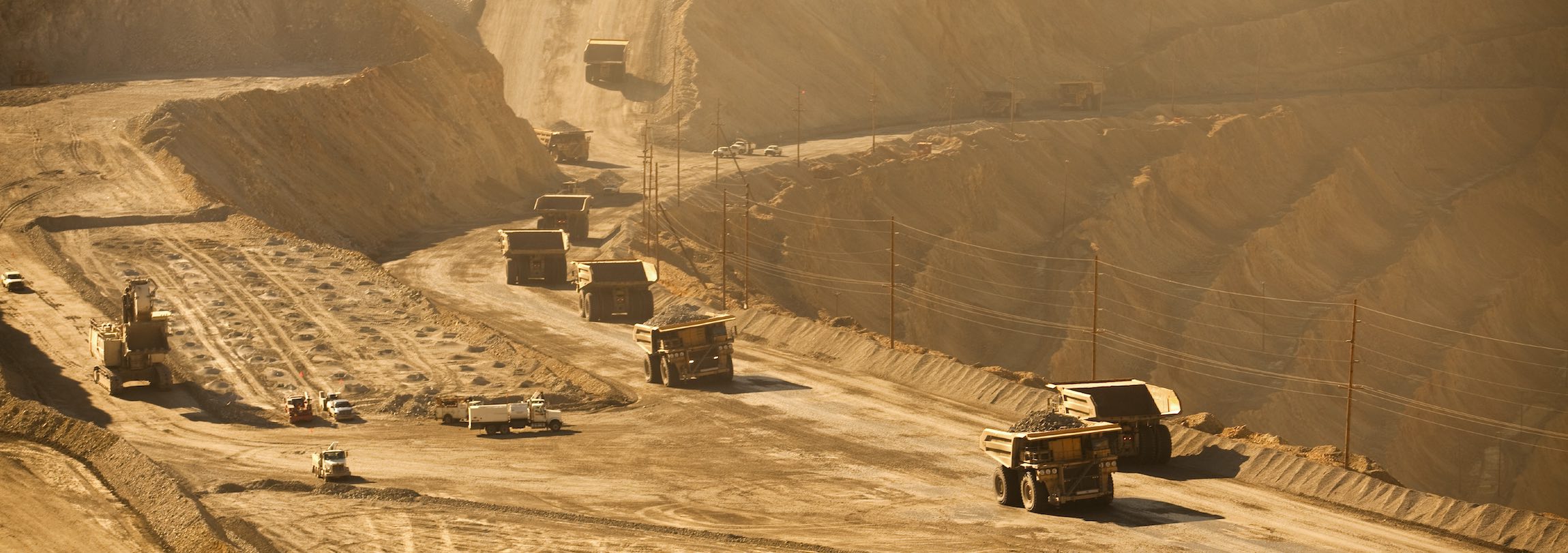Battery-powered electric mining vehicles are proven to be an increasingly-favoured and attractive solution for sustainable operations. Many mine sites are switching from diesel to electric powered vehicles. The switch to electric results in less vehicle maintenance, a cleaner working environment and reduced underground ventilation costs. The use of conventional diesel powered vehicles underground places additional demands on ventilation, as poor ventilation can expose personnel to adverse health issues including black lung or cancer.
Switching to electric vehicles reduces or eliminates airborne diesel particulates and exhaust emissions, and therefore reduces underground air dilution which improves safety and saves on ventilation costs.
However, as with any new technology endeavour, the associated risks of such a transition are not always maturely understood, risk-assessed and controlled.
Since hydrogen fuel cell technology is less mature than lithium battery technology, it is currently lithium batteries are generally adopted for electric powered mining vehicles. However, lithium batteries carry a significant fire risk particularly in large scale applications, as demonstrated by several incidents on Boeing 787 aircraft during their entry to service. Lithium battery fires are also difficult to extinguish with conventional fire suppressants (gaseous, water), and require early detection to minimise heat generation and the production of hazardous gases as a result of combustion, both of which can be critical in the confined environment of an underground mine. Instances of arc flash, battery storage risks, power generation risks, lightning and other related hazards have been reported by the Department of Mines Industry Regulations and Safety and other similar regulators, all of which require proper risk assessment and risk management.
AMOG is currently assisting the defence industry and mine sites in this significant operational change by providing specialised analysis and risk assessments. This support covers all aspects of risk in a change to battery electric systems: vehicles, charging, maintenance, storages, and environment. We are helping sites comply with directions issued by DMIRS to lower risk to As Low As Reasonably Practicable (ALARP) levels. We do this cost effectively as we have extensive experience and highly proficiency in the following risk assessment types:
- Quantitative Risks Assessments (QRA)
- Semi Quantitative Risk Assessments (SQRA) such as LOPA, Fault / Event Trees and other analysis techniques
- Safety Integrity Level (SIL) assessments for both hardware and software systems
- Fire and Explosion engineering
- Consequence modelling.
If you are a mining operator undertaking change to adopt renewable energy or other operational changes, AMOG would like to partner with you to achieve your safety and production objectives, by providing innovative and cost-beneficial solutions. We are well positioned to service the mining industry as it makes the change from fossil fuel to renewable energy sources.

